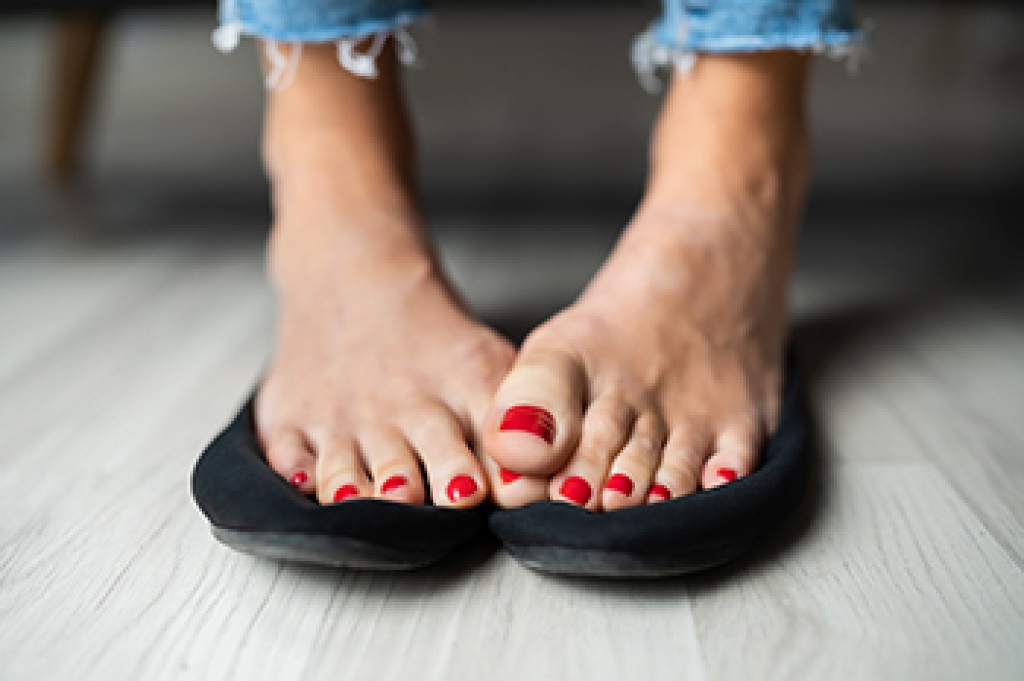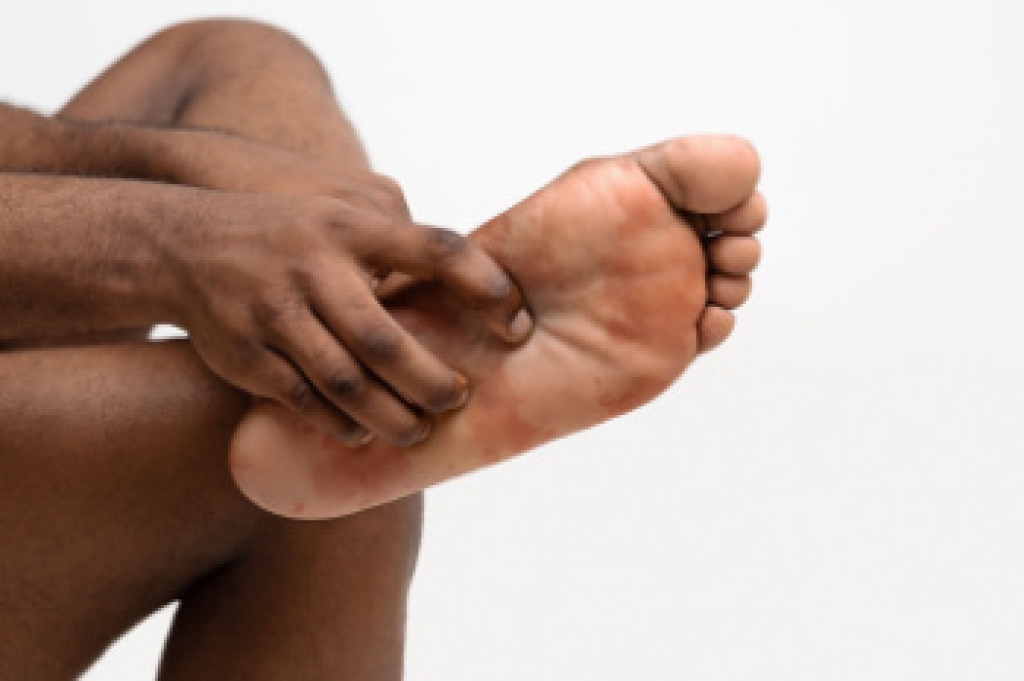
Sweaty feet, medically known as plantar hyperhidrosis, can be a source of discomfort and embarrassment for many individuals. Several factors contribute to this common condition. One primary reason is the presence of sweat glands on the soles of the feet. These glands produce sweat to regulate body temperature and keep the skin moist. However, excessive sweating can occur from over-stimulation of these glands, often triggered by factors like hot weather, physical activity, stress, or hormonal changes. Wearing tight or non-breathable shoes can also worsen the problem by trapping moisture and heat, which creates an ideal environment for bacterial and fungal growth. Additionally, certain medical conditions, such as hyperthyroidism or diabetes, may contribute to excessive sweating. Fortunately, there are various strategies to manage sweaty feet, including wearing breathable footwear, practicing good hygiene, using antiperspirant foot sprays or powders, and seeking medical treatment from a podiatrist. If you are experiencing excessively sweaty feet, it is suggested that you a podiatris who can offer you effective relief and management tips.
If you are suffering from hyperhidrosis contact Wendy L. Grossman, DPM of New Jersey. Our doctor can provide the care you need to attend to all of your foot and ankle needs.
Hyperhidrosis of the Feet
Hyperhidrosis is a rare disorder that can cause people to have excessive sweating of their feet. This can usually occur all on its own without rigorous activity involved. People who suffer from hyperhidrosis may also experience sweaty palms.
Although it is said that sweating is a healthy process meant to cool down the body temperature and to maintain a proper internal temperature, hyperhidrosis may prove to be a huge hindrance on a person’s everyday life.
Plantar hyperhidrosis is considered to be the main form of hyperhidrosis. Secondary hyperhidrosis can refer to sweating that occurs in areas other than the feet or hands and armpits. Often this may be a sign of it being related to another medical condition such as menopause, hyperthyroidism and even Parkinson’s disease.
In order to alleviate this condition, it is important to see your doctor so that they may prescribe the necessary medications so that you can begin to live a normal life again. If this is left untreated, it is said that it will persist throughout an individual’s life.
A last resort approach would be surgery, but it is best to speak with your doctor to find out what may be the best treatment for you.
If you have any questions, please feel free to contact our office located in Bloomfield, NJ . We offer the newest diagnostic and treatment technologies for all your foot care needs.




